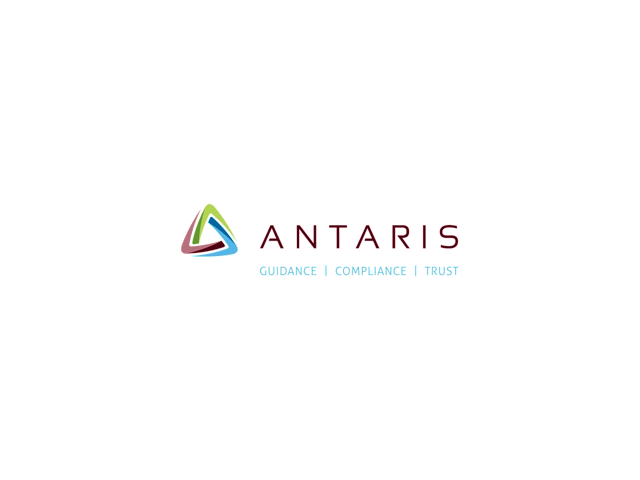The International Organisation for Standardisation (ISO) published the Integrated Use of Management System Standards (IUMSS) Handbook in November 2018. First published in 2008, this second edition brings together best-practice guidance and case studies on the implementation of integrating management system standards.
This blog continues with a review of chapter 1.3.2 Processes.
Consistent and predictable results are achieved more effectively and efficiently when activities are understood and managed as interrelated processes that function as a coherent system. The IMS consists of interrelated processes. Understanding how results are produced by this system enables an organisation to optimise the system and its performance.
Potential key benefits include the following:
- Enhanced ability to focus effort on key processes and opportunities for improvement;
- Consistent and predictable outcomes through a system of aligned processes;
- Optimised performance through effective process management, efficient use of resources and reduced cross-functional barriers;
- Enabling the organisation to provide confidence to interested parties related to its consistency, effectiveness and efficiency.
Chapter 1.3.2 requires the organization to establish, implement, maintain and continually improve its management system, including the processes needed and their interactions.
The IMS management system should reflect the context of the organisation, be proportionate to its size and complexity and be properly resourced.
The management system should be viewed as an organising framework that should be continually monitored and periodically reviewed to provide effective direction for an organisation’s responses to changing internal and external issues.
It is imperative that IMS requirements are aligned and integrated with the organisation’s management practices and business processes. For example, if an organisation conducts an annual strategic review of its market position, customer needs and expectations, and business performance, then it is more effective to incorporate an understanding of the internal and external issues that can impact on its performance, interested party needs and expectations, and IMS performance into that process. By doing so, integrated management system issues can be evaluated in light of the organisation’s strategy, and IMS initiatives can be aligned with other business imperatives.
All work in an organisation occurs through its processes. Therefore, the organisation should have a sound understanding of the timing, interdependences, interactions, and interfaces within the processes of its management system. Product and service realisation processes facilitate the achievement of the organisation’s objectives and therefore form the backbone of its management system. In trying to understand the need for integration it is equally important to understand those processes supporting the product and services realisation processes.
Processes need to be both efficient and effective in transforming inputs into outputs. The output then needs to meet interested parties’ requirements. Maximizing process efficiency and effectiveness is a fundamental concept for a successful organisation.
Processes are in place for every organisation. For a single or integrated management system, they need to be described and related in some form, for example the Suppliers‐Inputs‐Process‐Outputs‐Customers (SIPOC) and/or “turtle” diagrams, flowcharts/process maps and value chain diagrams.
Process performance, its measures, ownership and resources need to be captured and represented within a management system. Combining the process requirements is an effective approach in designing and developing an integrated management system.








